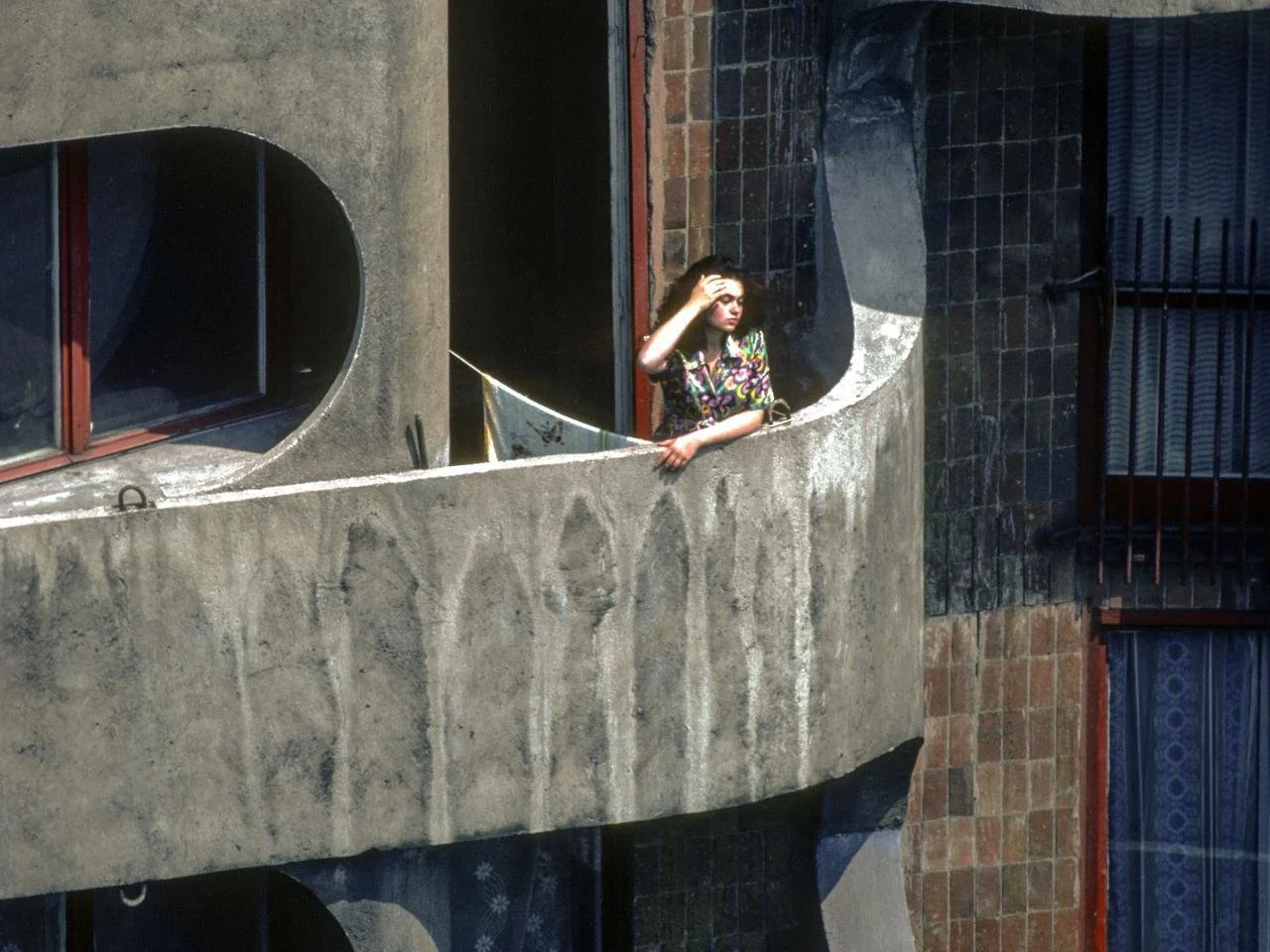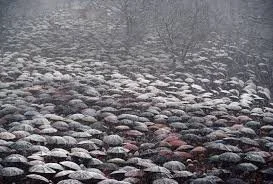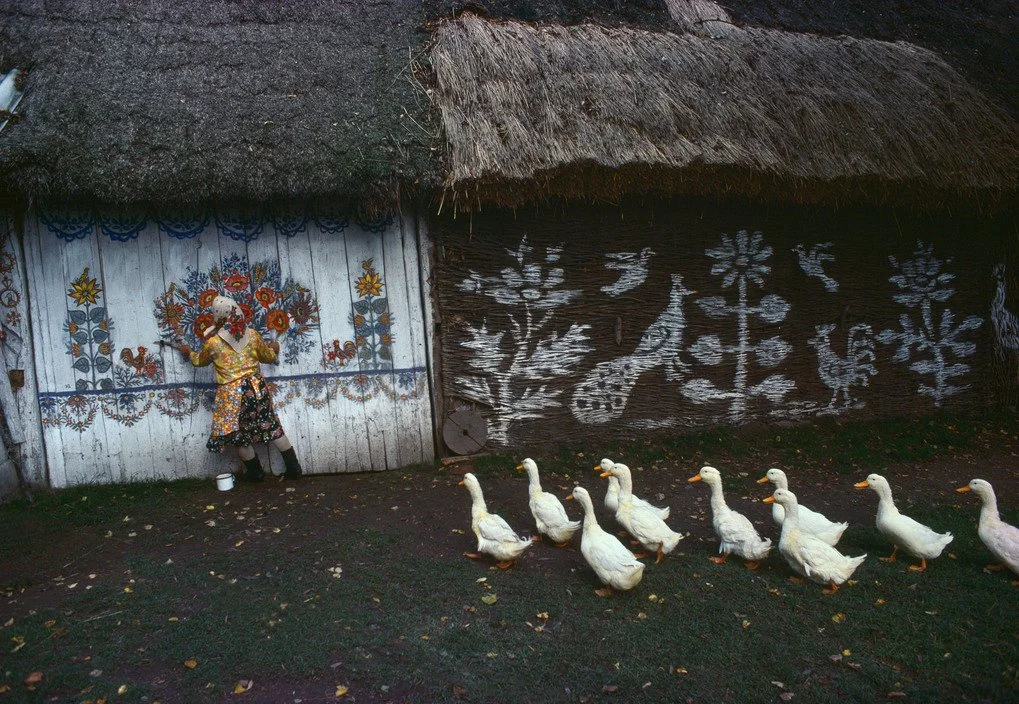Frame_Poland
My Homeland. The place where I grew up and which shaped me. To me, it is beautiful, and whenever I return, I always feel like I'm coming home. Poland is also home to many prominent figures, such as Nicolaus Copernicus, Tadeusz Kościuszko, Fryderyk Chopin, Lech Wałęsa, John Paul II, Wisława Szymborska, Czesław Miłosz, Maria Skłodowska-Curie, Tomasz Stańko, Wojciech Fangor, Andrzej Wajda, Olga Tokarczuk, Iga Świątek and many others. It is also a country that has experienced both great triumphs and dramatic falls throughout its long history.
This rich, contrasting history, along with Poland's incredible contributions to science, sport, culture, and the arts, attracted iconic photographers in the 20th century- Bruno Barbey, Elliott Erwitt and Chris Niedenthal. They found something unique in Poland—something that drew their lenses, even though much of their work was created during the challenging times of communism. Their photographs not only document important historical moments but, above all, portray Poland as a country where, despite political constraints, tradition, faith, and the joy of life flourished.
Bruno Barbey, a photographer associated with Magnum, traveled across Poland, fascinated by its history and culture. His photos captured both official political events and the everyday lives of Poles, where, despite the oppressive system, traditions and values remained vibrant. It was these small moments of joy and the people’s spiritual resistance that moved him the most.
“Poland is a country where history meets the present, and people manage to find joy in difficult times. Political events were important, but the everyday life and traditions of Poles were equally fascinating,”
Elliott Erwitt, known for his subtle humor and irony in photography, also visited Poland during the communist era. His photos depict both the monumental symbols of communism and warm, everyday scenes from the lives of Poles. For Erwitt, Poland was a place where normalcy—though hard to understand for people from the West—was a means of survival.
“Poland was a place full of paradoxes. On one hand, you could see the repression of the system, but on the other, there was a normalcy that the West couldn’t comprehend. People lived, laughed, loved, despite the omnipresent control”
Chris Niedenthal, a photographer of Polish descent born in the UK, made Poland his permanent home. His photographs, documenting events such as the Solidarity strikes, martial law, and the political transformation, depict the country at pivotal moments in its history. Niedenthal always emphasized that despite the difficult conditions, Poles managed to live life to the fullest, maintaining their faith and hope for a better future.
“Photographing Poland was a journey through hope and resilience for me. Despite the hardships, Poles retained their faith, humor, and a sense of normalcy that was hard to explain to someone from the West. In Poland, every day was a struggle, but it was also full of life and joy”
These three photographers, although foreigners, were able to perceive not only the weight of history in Poland but also the strength of the human spirit and the everyday normalcy that was difficult for Westerners to understand during the Iron Curtain era. Their works reflect a deep fascination with Poland and its people. Moreover, they demonstrated that curiosity, fascination, professionalism, and attentiveness can lead to remarkable discoveries in every corner of the world.
For photographers from Europe or America, exotic scenes from distant countries may often seem more appealing, but beautiful moments can be found just around the corner. Let us appreciate the beauty of our own homeland, our city, and our neighborhood.
PS. Come and see my beautiful country. You are invited!
Photos: Bruno Barbey (4,5,6,8,9,10,11), Erwitt Elliott (2, 7, 12) , Chris Niedenthal (1, 3)
recomendations:
Chris Niedenthal homepage : https://chrisniedenthal.com/pl
Bruno Barbey Magnum Gallery: https://www.magnumphotos.com/arts-culture/society-arts-culture/bruno-barbeys-poland/
Elliott Erwitt - Harry Ransom Center Gallery: https://norman.hrc.utexas.edu/erwittDC/browse.cfm?browse=country&country=Poland
Poland - iconic places - YouTube vid: https://www.youtube.com/watch?v=ifVVc8xTas0&t=169s
cover photo:













